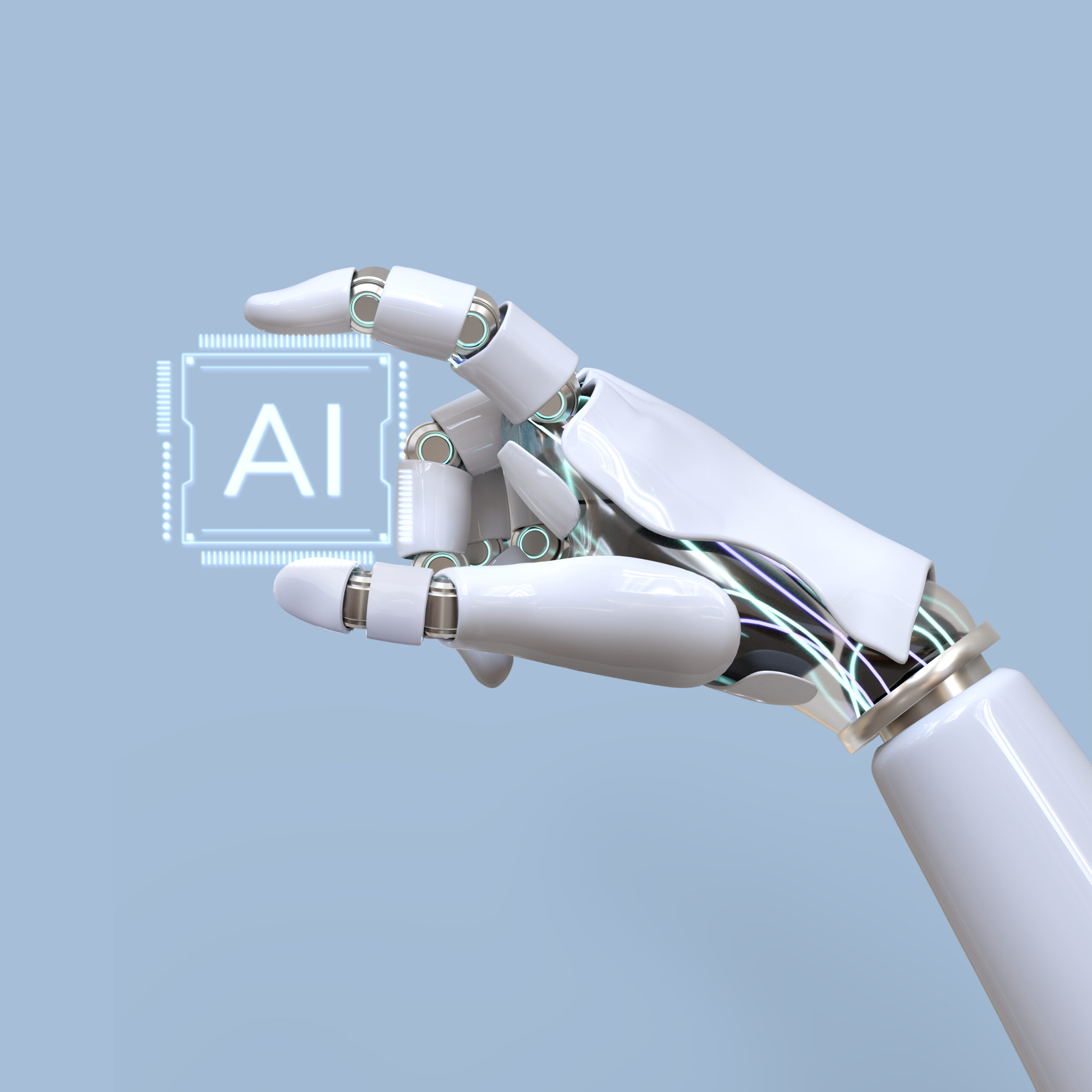Sustainable AI Software Development: Green Tech Trends in Australia
Artificial intelligence (AI) has evolved into a pillar of innovation in multiple industries. With the growth of AI technologies, so does their carbon footprint. Computational resources, data centers, and constant training of algorithms consume a lot of energy. To address this, the idea of sustainable AI software development has become the focus. It prioritizes energy efficiency, reducing emissions, and ethical design throughout the AI development process.
Australia, too, with its increasing emphasis on clean energy and green tech, is turning into a rich soil for such sustainable initiatives. The transition is not only about embracing new AI technologies—it’s about embracing them responsibly, keeping the environment in view.
The Environmental Cost of AI
Training large AI models requires substantial computing power. For instance, training just one large natural language processing model can emit more than 280,000 kg of CO₂. That’s equivalent to the lifetime emissions of five cars. AI systems often rely on energy-intensive data centers that run 24/7 and use non-renewable electricity sources.
Australia’s green-friendly policies and clean energy strategy have prompted a move towards environmentally friendly alternatives. Companies are now focusing on efficiency, driving AI developers to optimize both for performance and energy usage.
Green Data Centers: A Step Toward Sustainable AI
The backbone of AI operations is the data centers. They house enormous data and drive the compute-intensive processes that AI requires. Historically, they have been significant energy consumers.
Though, the Australian corporations are now investing in green data centers nowadays. Those data centers utilize clean energy sources such as solar and wind power, employ high-tech cooling systems, and utilize AI energy management to make their power consumption optimal. For instance, certain data centers in Sydney employ AI algorithms to manage internal temperatures and minimize emissions from cooling.
Those centers not only reduce emissions but also serve as a model for the next generation of AI infrastructures across the world.
Energy-Efficient Coding Practices
Coding practices have a substantial impact on the energy consumption of an AI application. AI software development company in Australia are adopting environmentally friendly programming by employing energy profiling tools, coding efficiently, and reducing algorithm complexity.
Libraries like TensorFlow Lite and PyTorch Mobile have made it easier for developers to build AI models that execute efficiently on edge devices. These libraries reduce dependence on power-hungry cloud infrastructure.
Reducing memory leaks, eliminating unnecessary processes, and implementing lazy loading methods are only a few strategies being incorporated. These tweaks might appear negligible individually, but when applied in bulk, they result in massive energy savings.
Responsible Model Training and Lifecycle Management
Another key element of sustainable AI software development is model training and retraining. Rather than retraining models from scratch constantly, developers are using pre-trained models and transfer learning. This reduces computational expense significantly.
In addition, lifecycle management practice today focuses on longer model lifespan. Developers make it a point that AI models are able to continue offering value without recurrent rework, saving energy and resources. Periodic audits enable elimination of stale or duplicate models from the system, minimizing unnecessary server load.
Regulatory and Industry Support in Australia
Australia’s government is openly encouraging sustainability in technology across different initiatives and programs. Tax benefits, grants, and innovation centers are motivating companies to invest in green AI technologies.
The Australian Renewable Energy Agency (ARENA) supported a number of technology-based energy projects like AI technology for smart grid management and emission monitoring. Local councils are also requiring the use of green IT practices while procuring technology and developing software for the public sector.
This regulatory support underscores the country’s sustainability commitment and offers a robust ground for green AI innovations.
Eco-Friendly AI Design and Ethics
Sustainability in AI goes beyond energy use. Ethical issues are of central importance. Developers now create systems that minimize data bias, promote equitable usage, and provide transparency.
Simplifying and shrinking AI models can reduce environmental footprint while enhancing access. Fewer parameters mean less power to compute, making it feasible to deploy on mobile and IoT devices. This trend benefits both environmental objectives as well as wider democratization of AI technology.
A Growing Ecosystem of Innovation
Innovation in Australia is increasing. Startups, research institutions, and established technology firms are actively seeking opportunities for developing sustainable AI solutions. The AI community is making their expertise available through open-source tools and hackathons focused on sustainability.
A notable example is the rise of businesses with green AI solutions expertise, with services to assess the carbon impact of software designs. An Australian AI software development firm can now be required to provide emission-reduction recommendations in addition to providing technical performance.
This is redefining client expectations as well as the definition of being a good tech partner.
Looking Forward: Australia’s Future of Green AI
With increasing awareness worldwide about the environmental price of AI, Australia is well set to be at the forefront of green tech innovation. With government incentives, green energy resources, and an innovative tech community at hand, a special ecosystem for sustainable development is ready to take off.
Some possible future developments are:
Decentralized AI: Solutions that minimize dependence on central cloud servers through edge devices.
Green AI metrics: Benchmarks and standards across industries to measure and benchmark energy efficiency.
AI for sustainability: Solutions aimed to assist with climate modeling, waste minimization, and environmental tracking.
Developers, companies, and policy makers must continue collaborating to inbed sustainability into the fabric of AI development practices.
Final Thoughts
Sustainable AI software development is no longer an outlier idea—it’s an imperative evolution. Australia’s focus on clean energy, green coding, and ethical innovation puts it at the forefront of the international green tech movement.
The more businesses incorporate sustainability into their AI plans, the more the industry will not only succeed but also ensure the planet’s protection for generations to come.

